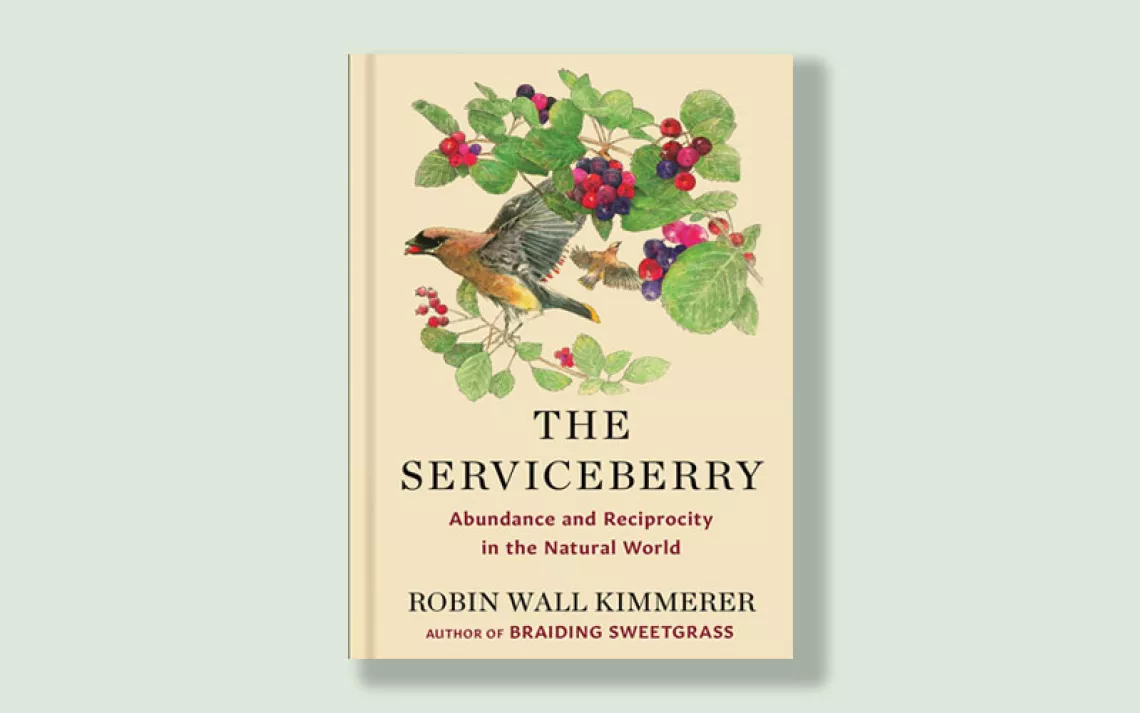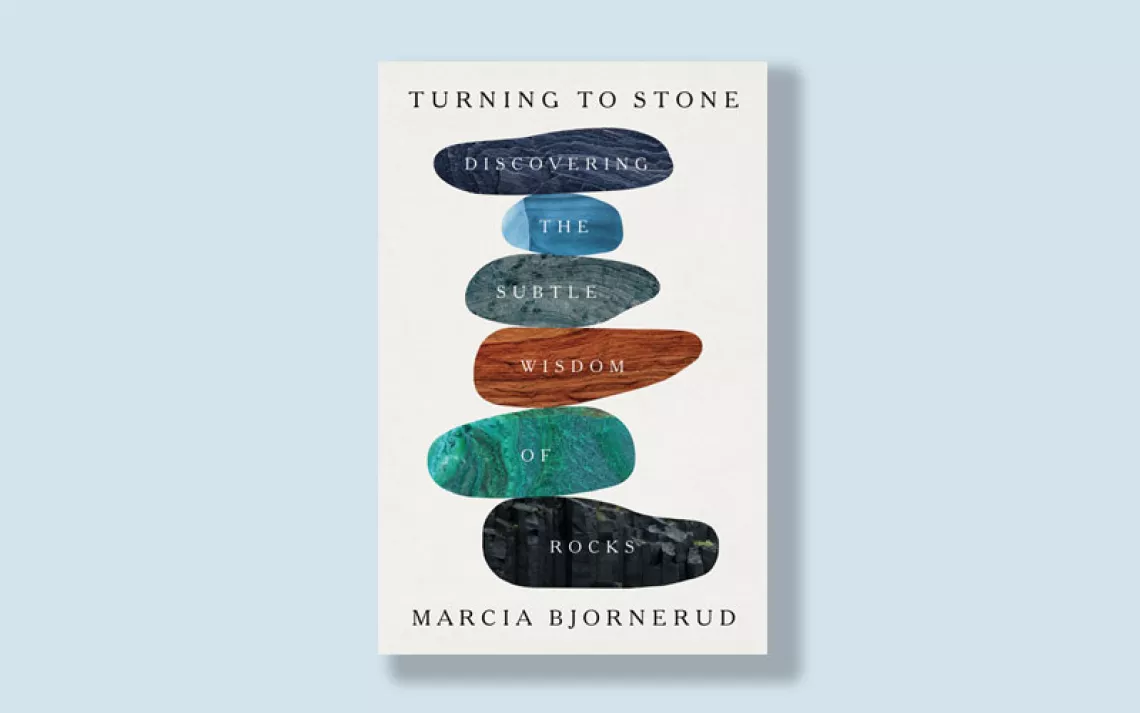5 Books on Queer Nature
A reading list for exploring the queer side of nature fiction and nonfiction
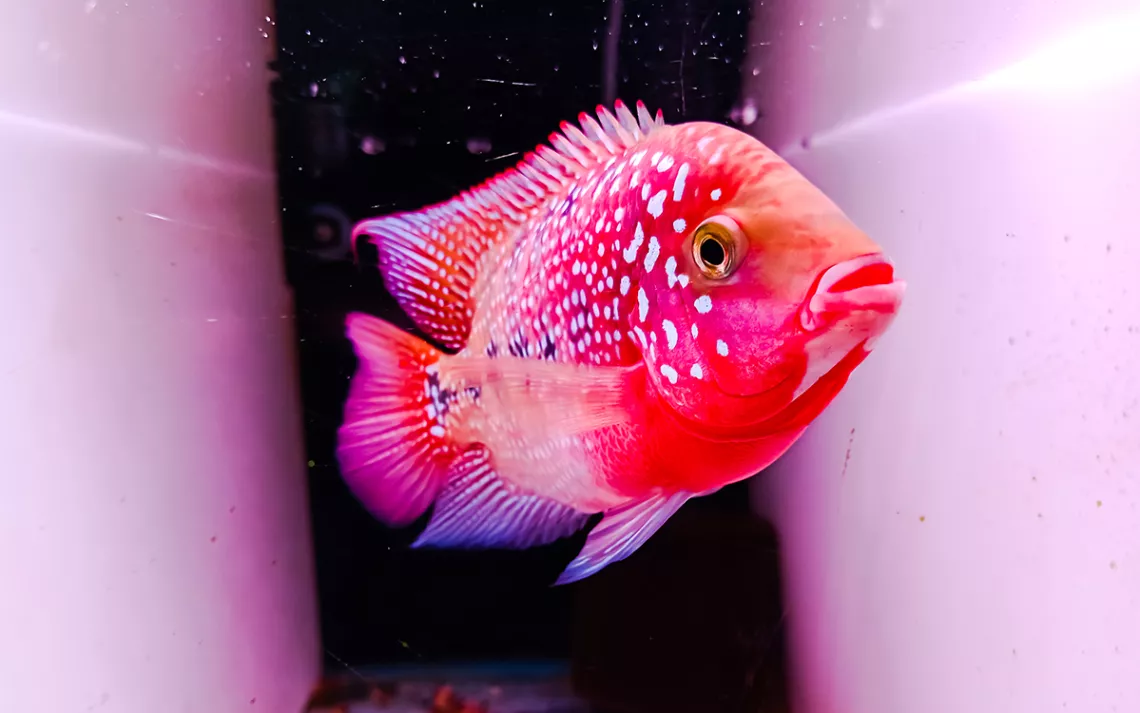
Cichlids are one of several fish that can (and do) change sex over the course of their lives. | Photo by Zulkepli Darus|iStock
The wild can often feel like a place where cultural expectations are intensified and distilled. From books considered classics like Desert Solitaire to more recent contributions like Sea Room, natural history writing is often considered the realm of the masculine and heterosexual, themselves rooted in traditions of colonialism. Against this background, queer writers have been questioning what we have often taken for granted about the world—from the biological workings of the creatures who cohabit Earth with us to our relationship with the very concept of nature. Here are five such books that offer a different view of our world and what it means to us.
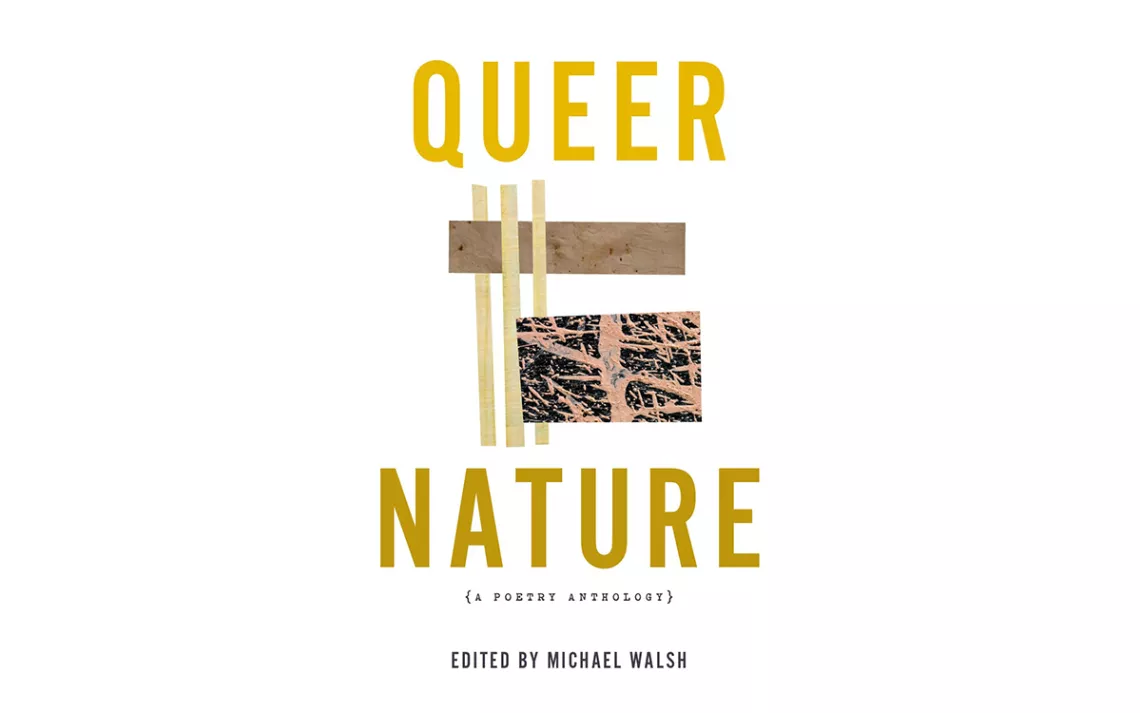
Queer Nature: A Poetry Anthology
Edited by Michael Walsh
Autumn House Press
Queer people have been a part of humanity for as long as it has existed, a critical point bolstered by the anthology Queer Nature. Edited by Michael Walsh, the book is a collection of poems from over 200 queer writers from the past three centuries including Emily Dickinson, Langston Hughes, and Adrienne Rich. Tamiko Beyer writes of change through persistent cycles in “Creatures of Hurt and Heal," moving “toward light, away from light, elliptical, steady, bound and unbound,” while June Jordan finds joy in the “promiscuous cross-fertilization” of roses. Some entries are overtly queer, others poetry about nature by queer writers, but all connected by views of nature where the personal meets the wild.
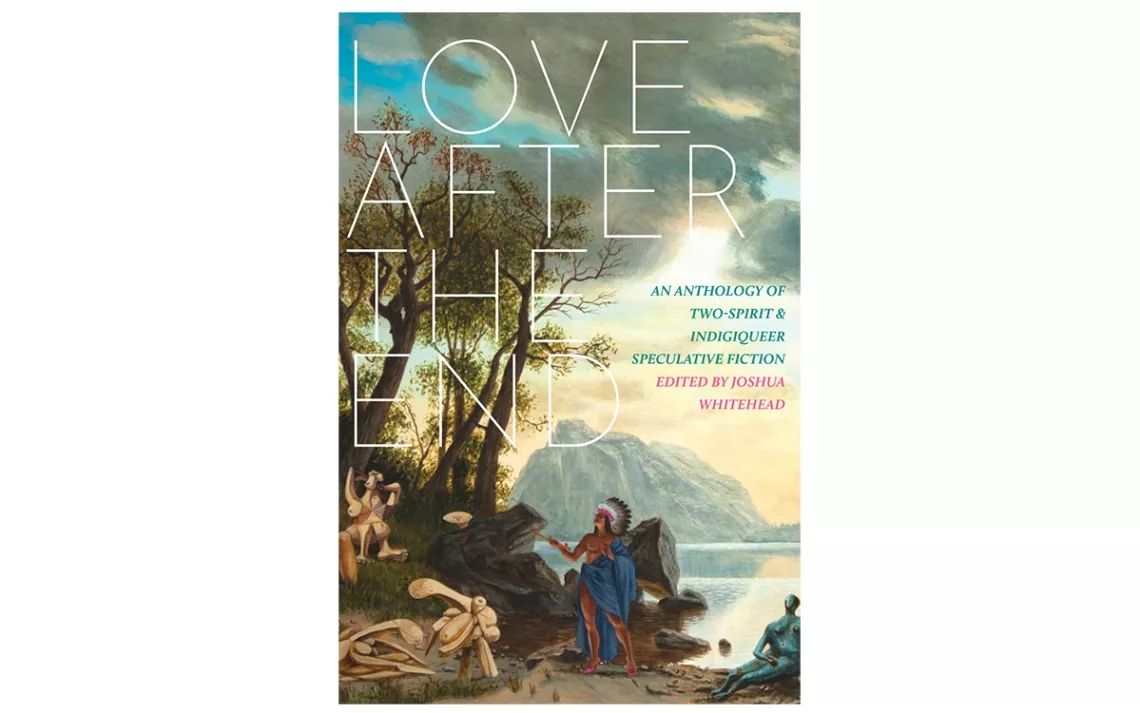
Love After the End: An Anthology of Two-Spirit and Indigiqueer Fiction
Edited by Joshua Whitehead
Arsenal Pulp Press
The short fiction anthology Love After the End is about queerness, writes editor Joshua Whitehead in the book’s introduction, but it’s also about ideas of dystopia and utopia from the two-spirit and Indigiqueer perspective—communities that Whitehead describes as “the wildest kinds of biopunks.” In “How to Survive the Apocalypse for Native Girls,” Kai Minosh Pyle provides an admonition to “watch those in power carefully.” In “The Ark of the Turtle’s Back,” jay simpson explores how Earth’s life might be introduced to a new planet after our home planet no longer welcomes us. The collection doesn’t fit any neat categorization, just as it should be for a book that blends Indigenous perspectives, queerness, nature, and futurism together.

Evolution’s Rainbow: Diversity, Gender, and Sexuality in Nature and People
By Joan Roughgarden
University of California Press
Biological sex is often treated as something binary and universal, while the diverse qualities of actual wildlife—fish that change sex, reptiles whose sex is dependent on temperature rather than genes, and birds that form same-sex pairings—are often treated as strange outliers. But biologist Joan Roughgarden centers such animals in Evolution’s Rainbow, a compendium of ways in which nature bucks the binary conventions we’re so often taught. The book is an excellent popular science overview of how wonderfully variable and vibrant nature really is, with our own species being part of that biological spectrum.
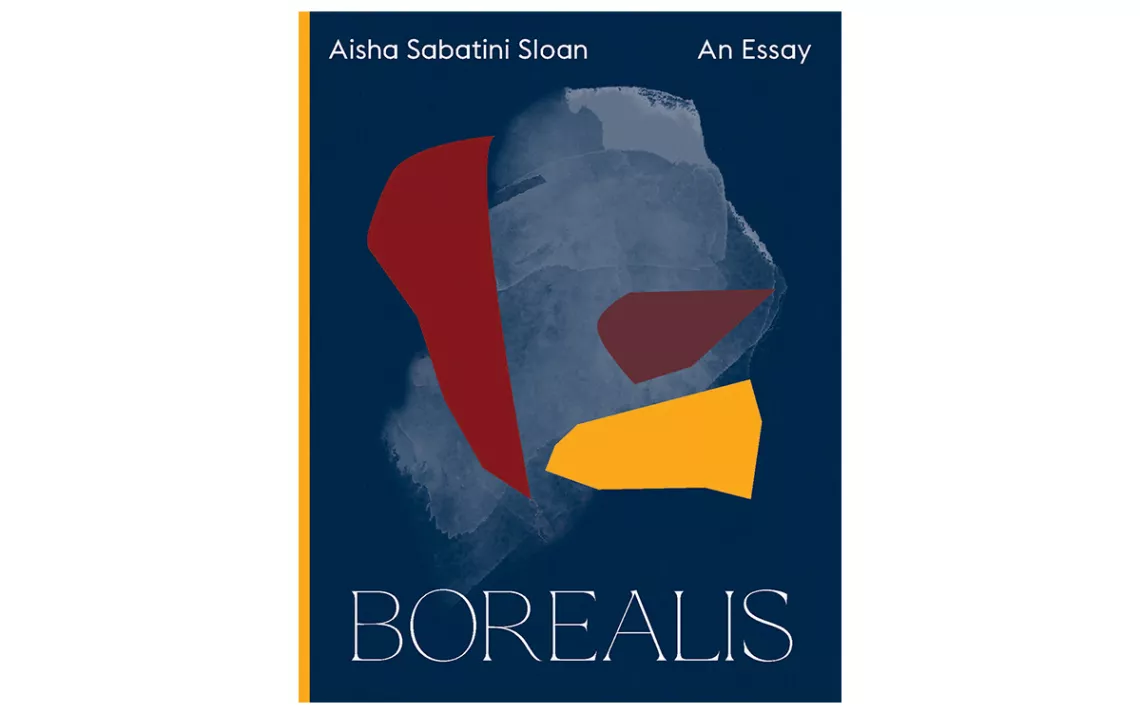
By Aisha Sabatini Sloan
Coffee House Press
Our individual relationship to place is at the center of Aisha Sabatini Sloan’s memoir, Borealis. Set around Homer, Alaska, where glaciers are a central feature of the landscape, Sloan considers what happens when the overlays of race, gender, orientation, and other facets of identity are bounced back, refracted, or even crystallized by the overlays people have brought to such places. “Ice is a lock. A container of suspended time,” Sloan writes in one such reflection, describing the glacier as a tempting beauty or a monolith to be in fearful awe of, depending on how we encounter natural features. Sloan’s queerness is only part of her viewpoint—she writes gracefully about life as a Black resident of Alaska as well. In a place where discriminatory gazes are common and friendship is rare warmth, Sloan’s writing is a gift to anyone who wishes to understand nature through empathy and art.
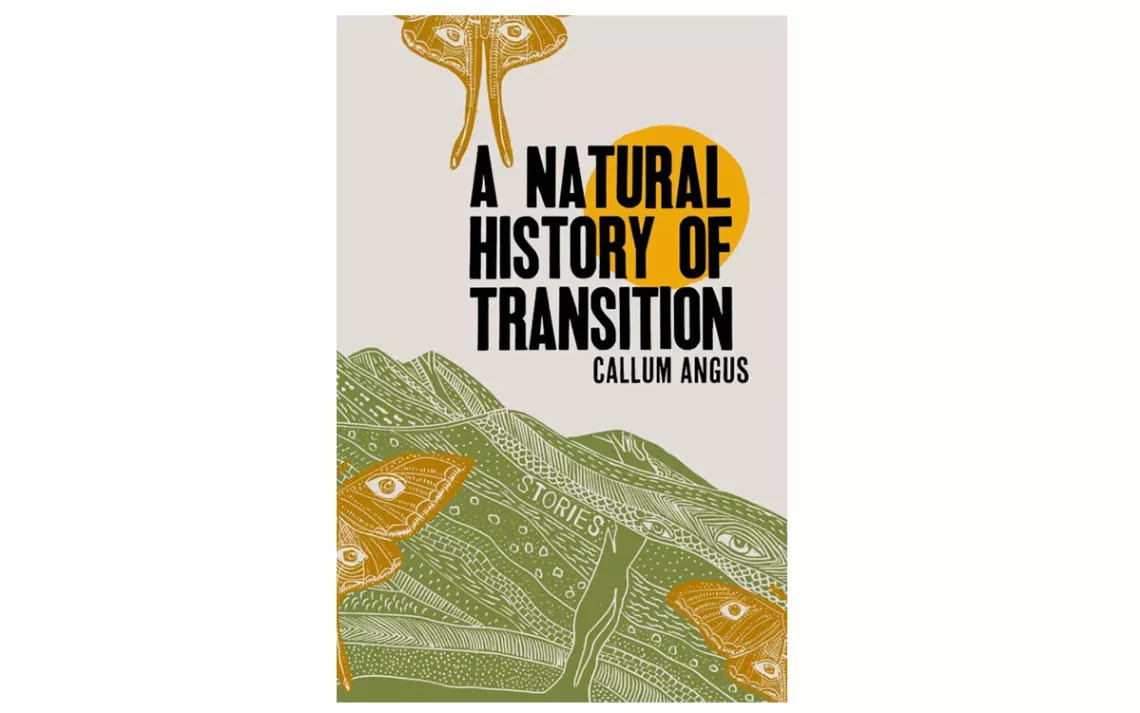
A Natural History of Transition
By Callum Angus
Metonymy Press
All queer people have faced the sting of what some parts of our society might consider natural or unnatural, but transgender people have often borne the brunt of it. The nature of our bodies and selves has often been misappropriated and distorted, down to the idea that transition itself is a temporary, unidirectional state. Callum Angus’s fantastical story collection, A Natural History of Transition, uses fiction to explore the depth and sweep of change over scales that go far beyond gender, ranging from the seasonal to the geological. If bodily transition can alter our biological sex, as Angus explores in “Rock Jenny,” what would it be like to transition further into a rock, a mountain, or a moon? “Winter of Men” ponders the experience of nuns whose sexual characteristics change seasonally, while “Migration” uses travel from place to place in nature as another reflection of transition. “I want nothing incapable of change,” Angus writes in that story, and the collection lives up to the sentiment.
 The Magazine of The Sierra Club
The Magazine of The Sierra Club
